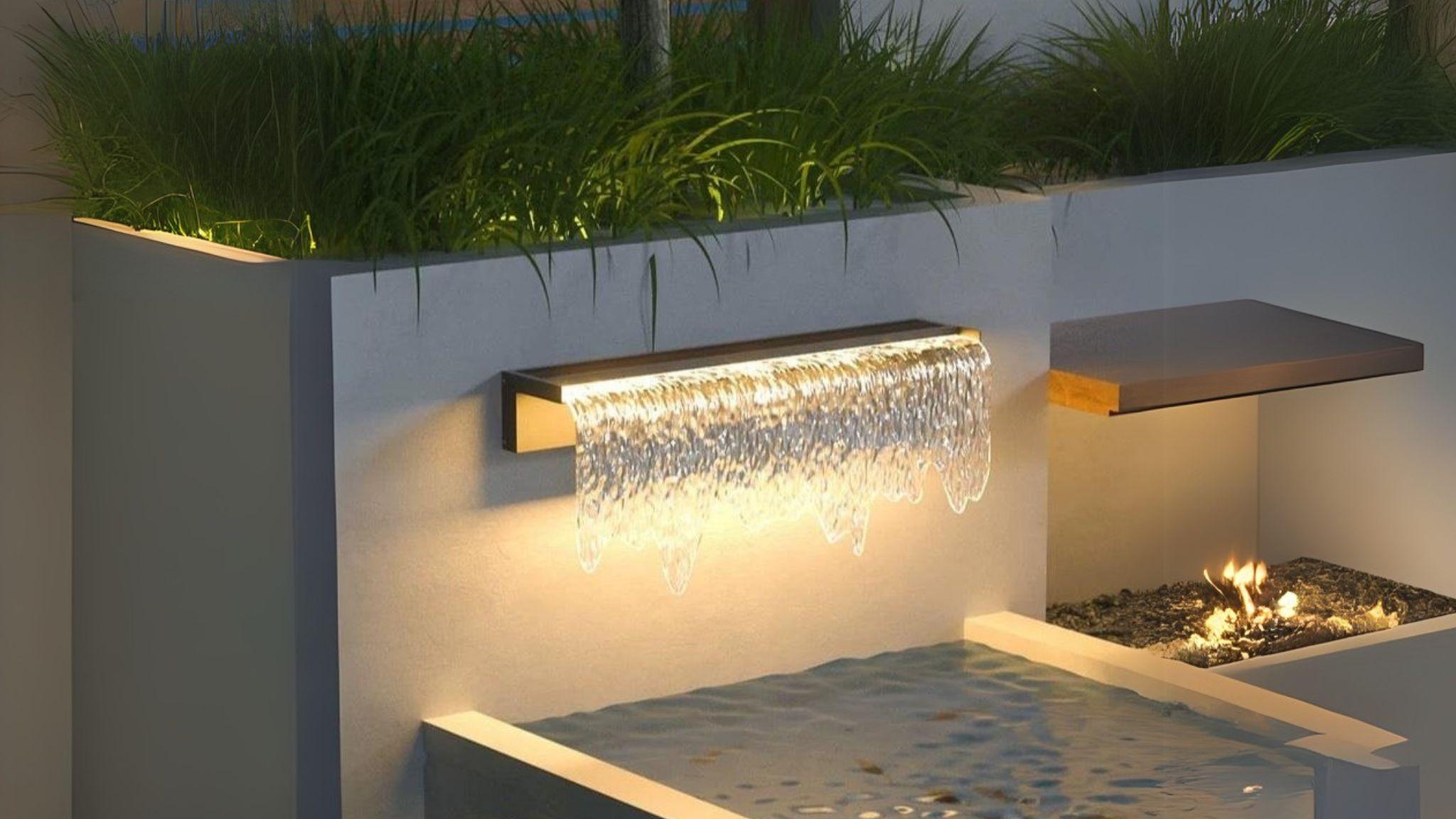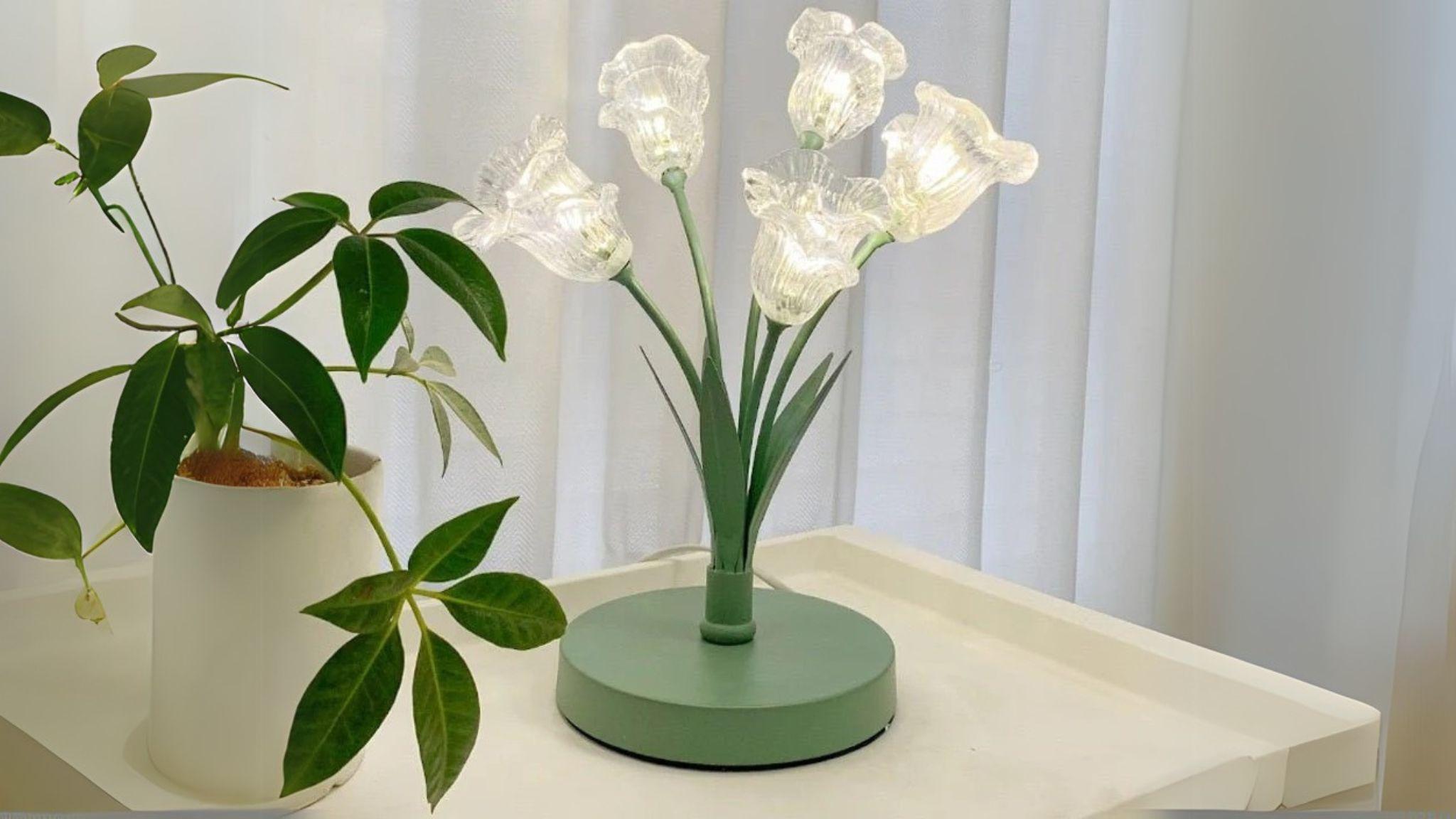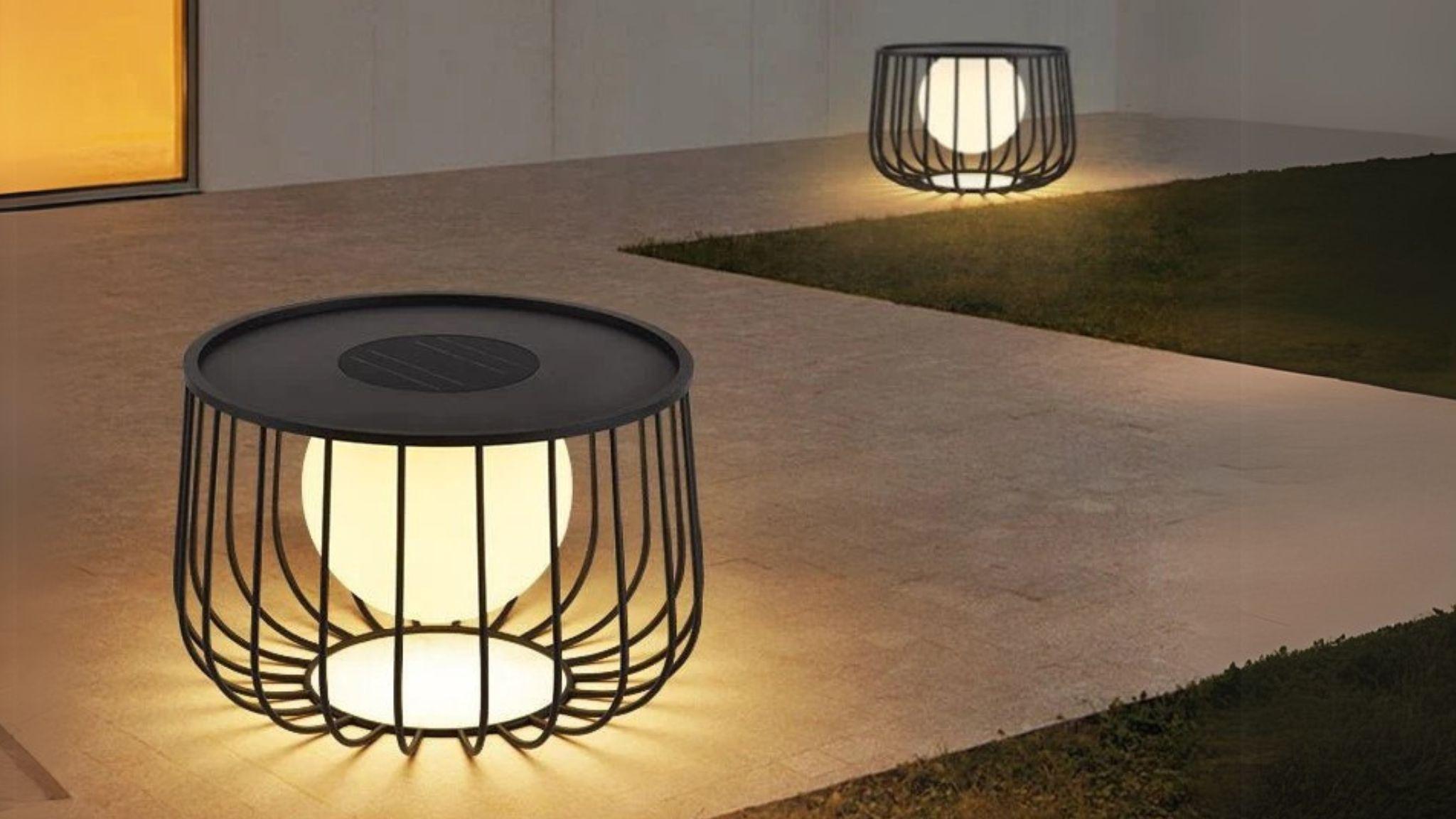Unlocking Style and Functionality: The Power of Smart Ambient Lighting and Convertible Furniture
In 2025, the demand for living spaces that are both stylish and highly functional has never been greater. Urbanization, rising real estate costs, and evolving lifestyles have made maximizing space efficiency a necessity for many homeowners and renters alike. One of the most innovative and effective approaches to achieve this balance is the integration of smart ambient lighting with convertible furniture. This combination not only enhances the aesthetic appeal of your rooms but also provides unparalleled flexibility to adapt to your changing needs.
In this comprehensive guide, we’ll explore the benefits, design tips, lighting techniques, furniture selections, and seasonal trends that will help you master the art of blending smart ambient lighting with convertible furniture to transform your home into a modern, elegant, and space-efficient haven.
Why Smart Ambient Lighting and Convertible Furniture are a Match Made in Design Heaven
Before diving into practical ideas, it's crucial to understand why these two elements complement each other so well.
- Adaptive living: Convertible furniture, such as fold-away beds, expandable tables, and modular sofas, enables rooms to serve multiple functions. Smart ambient lighting reacts intelligently to these changes, adjusting brightness, color temperature, or scenes to match the furniture’s setup.
- Space optimization: Both smart lighting and convertible furniture help reduce clutter. Lighting can be streamlined and integrated into furniture or walls, while multifunctional furniture reduces the need for excess pieces.
- Improved mood and productivity: Lighting has a profound effect on mood and focus. When paired with furniture that supports various activities — from work to relaxation — smart ambient lighting ensures the environment is always optimized for what you’re doing.
- Energy efficiency and sustainability: Smart lighting systems use LED technology and automated controls to reduce energy consumption, while convertible furniture minimizes waste by serving multiple purposes in one piece.
Crafting the Perfect Ambiance: Smart Ambient Lighting Ideas for Multifunctional Spaces
Smart ambient lighting is more than just illumination. It’s about creating an immersive atmosphere that enhances your home’s functionality and style. Here’s how to approach it effectively:
1. Layer Your Lighting Strategically
Use a mix of ambient, task, and accent lighting to accommodate the versatility of convertible furniture.
- Ambient lighting: Provides overall illumination. Use smart ceiling lights or wall-mounted fixtures with adjustable brightness and color temperature.
- Task lighting: Focuses on specific activities like reading or working. Desk lamps, under-cabinet LEDs, or adjustable floor lamps can be controlled smartly for convenience.
- Accent lighting: Highlights architectural features or furniture. LED strips under floating shelves or furniture edges bring attention to convertible pieces.
2. Utilize Color-Changing LEDs for Dynamic Atmospheres
Modern smart bulbs and LED strips offer millions of colors. Use this to your advantage by:
- Setting calming blue or warm amber hues during relaxation or bedtime.
- Switching to bright white or daylight tones when using furniture for work or hobbies.
- Programming lighting scenes that change automatically based on the time of day or furniture configuration.
3. Integrate Voice and App Controls
Smart lighting systems compatible with voice assistants (like Alexa, Google Assistant, or Siri) add convenience, especially in rooms with convertible furniture where hands-free control enhances usability. For example, you can dim lights or change colors without interrupting your activity.
4. Leverage Motion Sensors for Efficiency
In multi-use rooms, motion sensors trigger lighting only when the space is occupied, cutting energy waste. This is especially useful in rooms where furniture moves frequently, such as fold-out beds or hidden desks.
Choosing Convertible Furniture that Elevates Both Style and Space Efficiency
Convertible furniture has evolved far beyond basic futons and fold-out beds. Today’s market offers innovative designs that are sleek, stylish, and highly functional.
Popular Convertible Furniture Types and How to Light Them
- Murphy Beds with Integrated Lighting: These wall-mounted beds fold away when not in use. Models with built-in LED strips or reading lights create a cozy nook when unfolded.
- Modular Sofas: Sectionals that can be rearranged for seating or lounging. Pair with adjustable floor lamps or smart spotlights to highlight different configurations.
- Expandable Dining Tables: Tables that extend or contract to accommodate guests or daily use. Pendant smart lighting above the table can adjust brightness and color temperature to set the right mood.
- Storage Ottomans and Benches: Furniture that doubles as storage maximizes utility. Accent lighting beneath or around these pieces can emphasize their dual function and add warmth.
- Fold-Down Desks and Wall Units: Perfect for small workspaces or studios. Adjustable task lighting ensures the area is well-lit when in use, and unobtrusive lighting when folded away.
Design and Practical Tips to Harmonize Lighting with Convertible Furniture
To truly maximize both style and space efficiency, consider the following strategies:
- Map out your space: Before installing lighting or buying furniture, sketch your room to understand flow and functionality in different configurations.
- Choose fixtures with flexible mounting options: Track lighting, wall sconces, and adjustable lamps allow you to redirect light based on furniture arrangement.
- Prioritize smart lighting compatibility: Select bulbs and systems that integrate easily with your smart home ecosystem for seamless control.
- Match lighting color temperature to activity: Cooler, daylight tones for work and study; warmer tones for relaxation and evening use.
- Incorporate dimmers and presets: Easily switch between lighting modes that correspond with furniture use, such as 'dining mode' or 'bedtime mode.'
- Use lighting to visually define zones: In open-plan spaces, different lighting scenes can separate areas dedicated to sleeping, working, or entertaining, especially when convertible furniture shifts the room’s purpose.
Seasonal and 2025 Trends to Inspire Your Space
Staying current ensures your design remains fresh and appealing. Here are some top trends impacting the fusion of smart lighting and convertible furniture:
- Biophilic Design: Incorporate lighting that mimics natural sunlight patterns to support wellbeing, paired with furniture in natural materials like bamboo, cork, or sustainably sourced wood.
- Minimalist and Scandinavian Influences: Clean lines and muted palettes dominate, with smart lights featuring simple, elegant designs integrated subtly into furniture or architectural elements.
- Warm and Earthy Lighting: A move toward warmer color temperatures and tactile textures helps create inviting, cozy spaces, perfect for small apartments that use convertible furniture.
- Integrated Technology: Furniture with built-in wireless charging, USB ports, and integrated lighting control panels enhances convenience and reduces clutter.
- Personalized Lighting Scenes: AI-powered smart lighting systems learn your preferences and adjust lighting throughout the day to support mood, health, and productivity.
Case Study: Transforming a Studio Apartment with Smart Lighting and Convertible Furniture
Imagine a 400-square-foot studio apartment that serves as a living room, bedroom, office, and dining area. Here’s how smart ambient lighting paired with convertible furniture can revolutionize the space:
- Furniture: A Murphy bed with built-in LED reading lights folds up during the day, revealing a modular sofa and fold-down dining table.
- Lighting: Smart ceiling lights programmed with multiple presets—'Work,' 'Relax,' 'Dinner'—adjust brightness and warmth accordingly.
- Accent lighting: LED strips under sofa edges and shelves provide indirect lighting, adding depth without overwhelming the room.
- Control: Voice commands allow effortless switching between lighting scenes as the furniture shifts function.
This integration creates a seamless flow between activities, maximizes every square foot, and delivers a welcoming ambiance at any time.
Final Thoughts: Embrace Innovation for Stylish, Efficient Living
The combination of smart ambient lighting and convertible furniture offers an exciting path forward for modern living spaces. By thoughtfully selecting and integrating these elements, you can transform even the smallest rooms into versatile, beautiful environments that keep pace with your lifestyle.
Whether you’re designing a new home, updating a current space, or simply seeking inspiration to optimize your living area, embracing smart lighting technology alongside multifunctional furniture is a strategy that delivers both form and function.
Visit XENTAR for more lighting, decor & furniture curated for modern homes and creative spaces.




Share:
How to Blend Smart Ambient Lighting with Space-Saving Furniture for a Stylish and Functional Home Makeover
How to Use Smart Layered Lighting and Modular Furniture to Craft Adaptive and Inviting Living Spaces